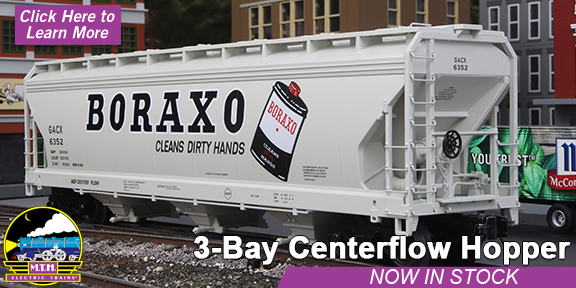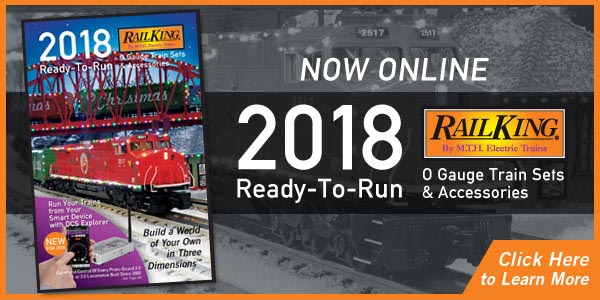 |
|||||||
|
|||||||

Although covered hoppers had achieved widespread use by the 1950s, it wasn’t until the following decade that they began to carry North America’s grain harvest. Prior to the 1960s, U.S. and Canadian farmers sent their wheat and other grains to market in 40’ box cars. The crop was packed in sacks or in cars with disposable grain doors that covered most of the door opening and turned the car into a rolling grain bin. Either way, loading and unloading was labor-intensive and time-consuming. All that changed with American Car and Foundry’s (ACF’s) introduction of the Centerflow® covered hopper in 1961, followed the next year by Pullman-Standard’s competitive PS-2CD covered hopper. Prior to the Centerflow, the typical covered hopper was little more than a coal hopper with a roof. Dry products such as salt were loaded through roof hatches and unloaded by gravity through doors in the floor. Like most freight cars of their era, these cars had a center sill. This support beam ran down the middle of the car between the left and right sets of unloading doors, and that led to problems in emptying the car. Typically some of the load would cake or "bridge" on the center sill, and the car would have to be vibrated to loosen the mess and achieve full unloading. Of course the vibration tended to shorten the life of the car. |
2018 RTR CatalogClick HERE to see it online. It's Easy To Add WiFi To Your DCS LayoutCheck Out The Quick Start VideoClick HERE To Learn More About DCS and WiFi Control |
||||||
| Follow Us On | |||||||
| © 2018 M.T.H. Electric Trains 7020 Columbia Gateway Drive, Columbia, MD 21046 (410)381-2580 |
|||||||




